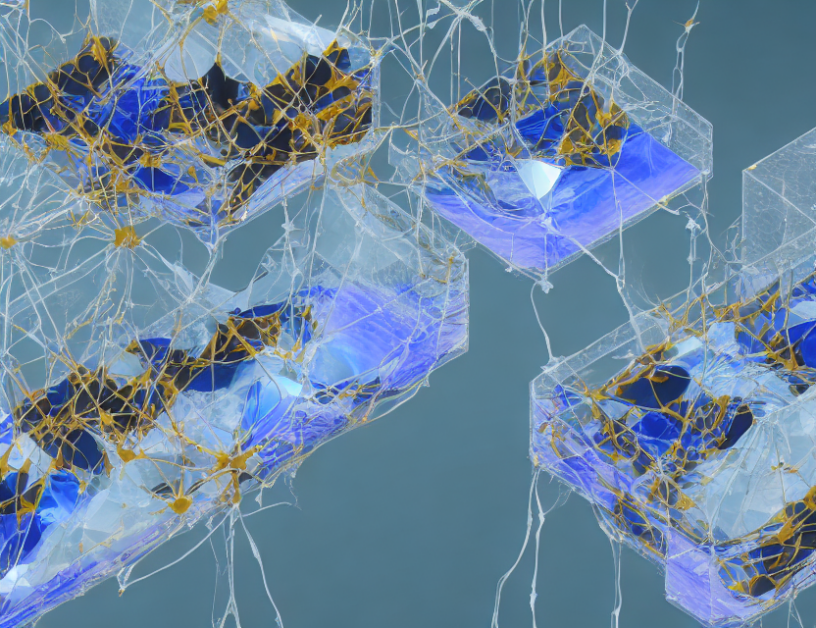Ions are tiny charged particles that play a crucial role in various biological and chemical processes. Understanding how these ions move and interact with their surroundings is essential to comprehend many natural phenomena, such as the flow of fluids, the spread of diseases, or the formation of minerals. However, modeling ion transport can be challenging due to the complexity of the underlying physics. In this article, we propose a novel approach called Physics-Informed Neural Differential Equation (PINN) models that combine the accuracy of mathematical models with the power of deep learning.
Attention Mechanism
One of the main challenges in modeling ion transport is dealing with the complexity of the underlying physics. Traditional modeling approaches often rely on simplifications or closure models, which can lead to inaccurate predictions. In contrast, PINN models use an attention mechanism to focus on the most relevant ions and their interactions. This allows the model to capture the essential features of ion transport while ignoring irrelevant details.
Mathematical Framework
PINN models are built upon a set of coupled ordinary differential equations (ODEs) that describe the dynamics of ion concentration in fluid systems. These ODEs are then transformed into a neural network framework using a process called differential evolution. This allows us to exploit the power of deep learning algorithms to approximate the solution of the ODEs.
Inductive Biases
PINN models incorporate various physical constraints, such as charge conservation and electroneutrality, to ensure accurate predictions. These biases are integrated into the neural network architecture, allowing the model to learn the essential features of ion transport while preserving the underlying physics.
Applications
PINN models have numerous applications in various fields, including membrane science, electrochemistry, and geophysics. For instance, PINN models can be used to predict the transport of ions across cell membranes, which is crucial for understanding various biological processes. They can also be employed to model the behavior of ions in electrochemical systems, such as batteries or fuel cells, which are essential for renewable energy technologies.
Conclusion
In conclusion, PINN models provide a powerful tool for modeling ion transport in fluid systems. By combining the accuracy of mathematical models with the power of deep learning algorithms, these models can capture the complexity of ion transport while preserving the underlying physics. With their numerous applications in various fields, PINN models have the potential to revolutionize our understanding of ion transport and its role in natural phenomena.



